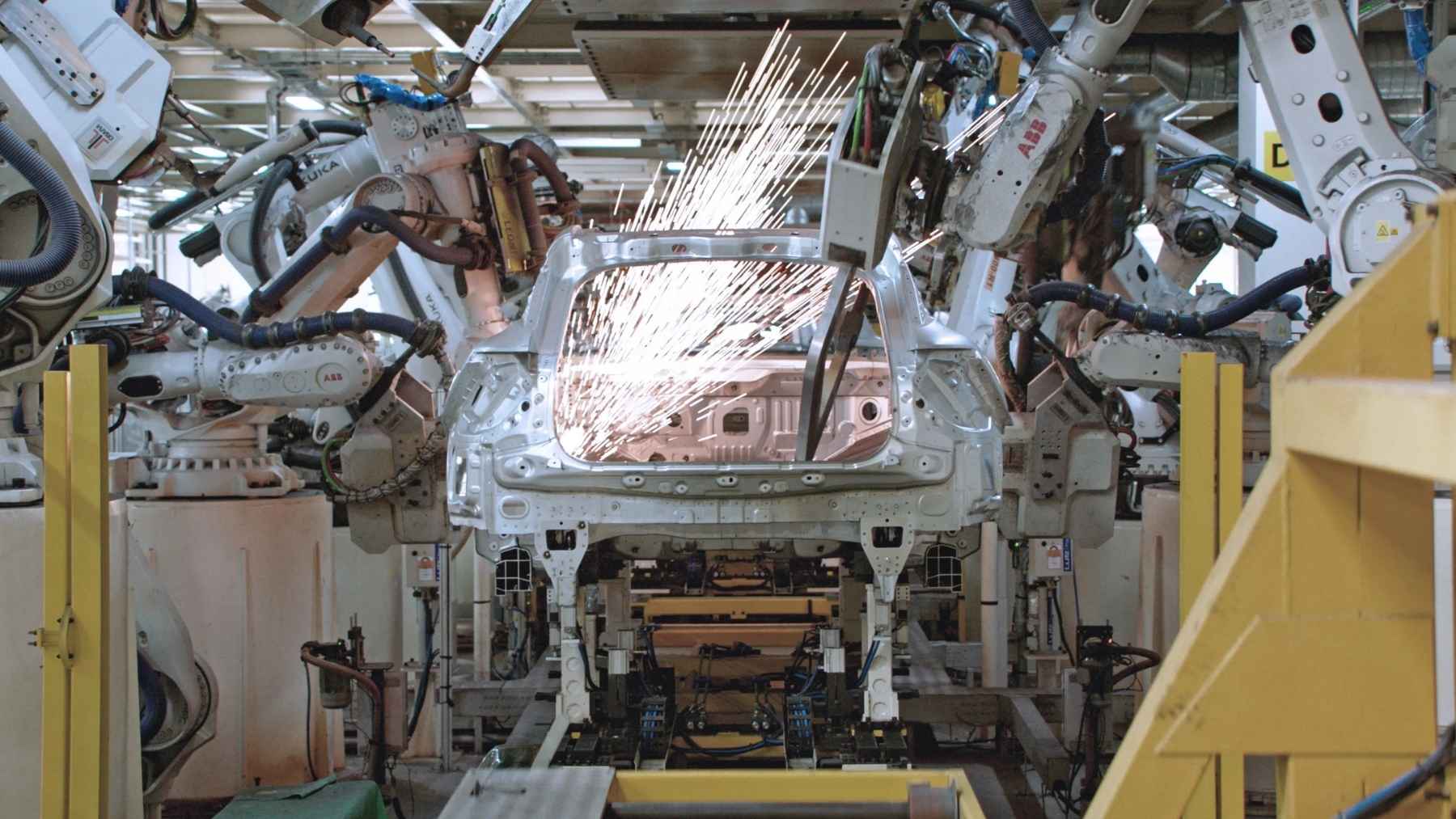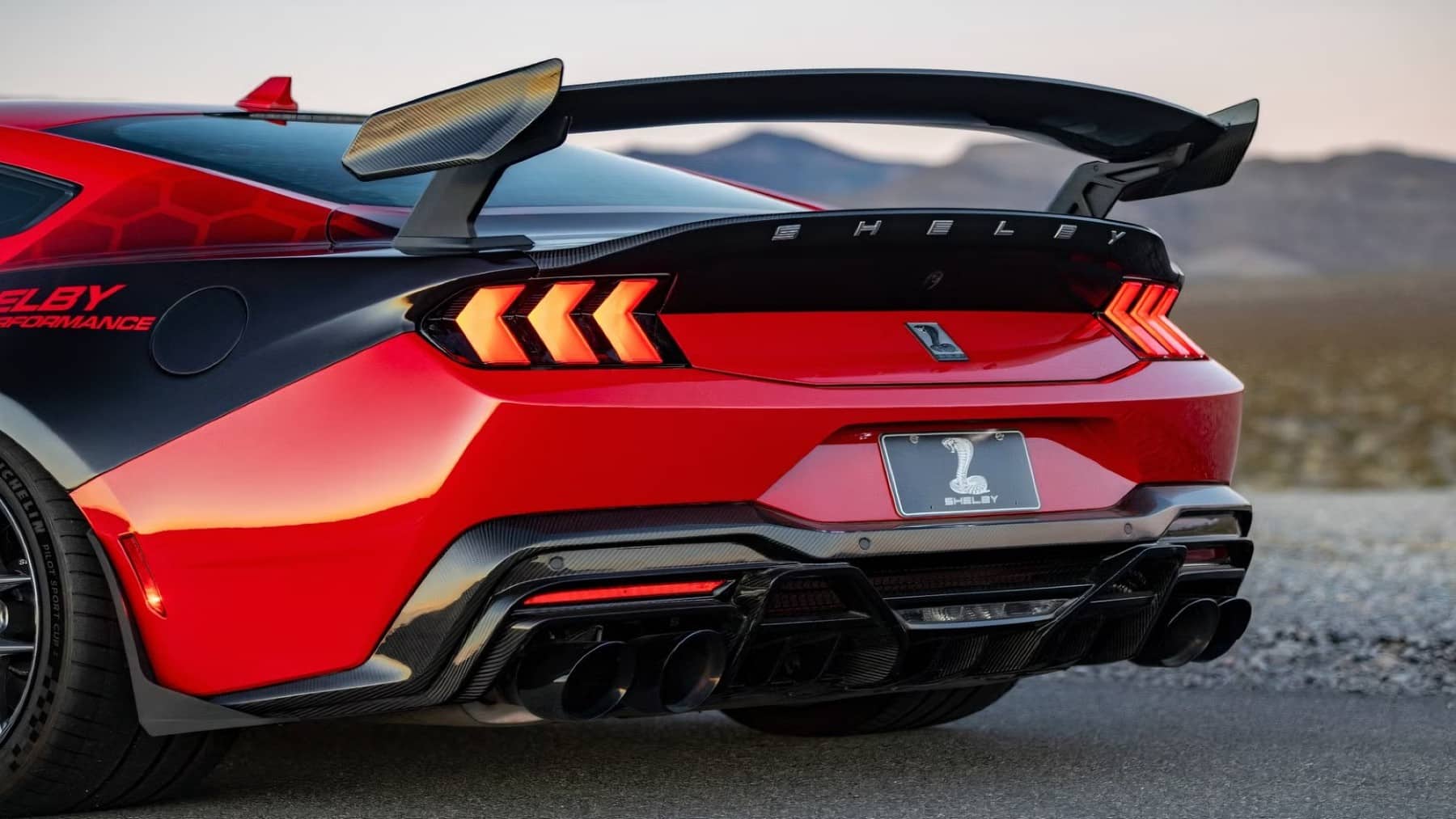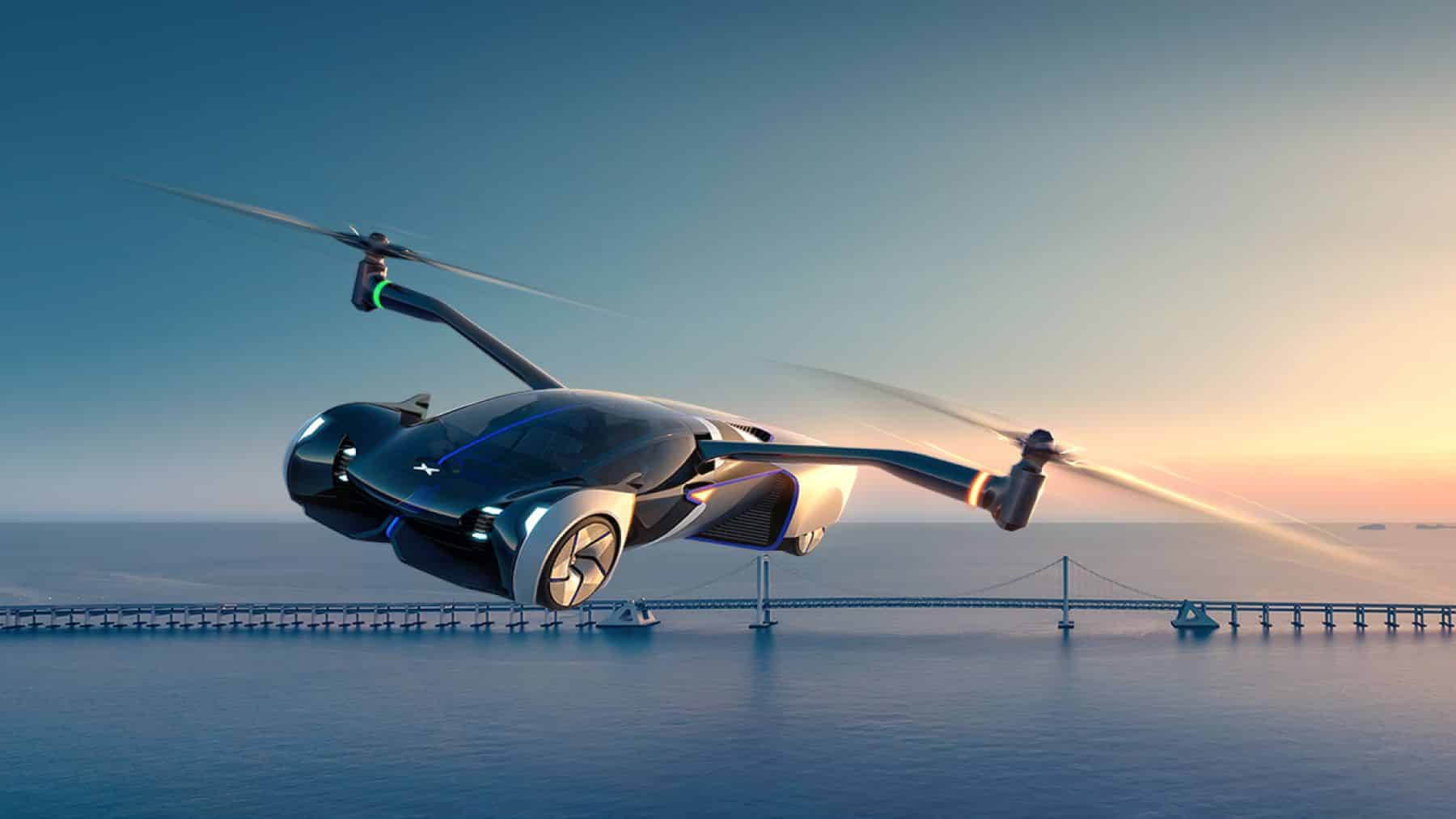Xpeng’s bold step into the future of transportation
At CES 2025, Xpeng AeroHT unveiled its highly anticipated modular flying car, the Land Aircraft Carrier. This revolutionary vehicle is not just a flying car in the traditional sense but a hybrid innovation that integrates a large three-axle “mothership” with an aircraft that can take to the skies with the press of a button. Designed for the future of both land and air travel, the LAC could change how we think about mobility on the ground and in the air.
Set for mass production in 2026, the LAC will have a price tag of approximately 280,000 USD (2 million yuan). Despite its high price, Xpeng has already received over 2,000 orders. The car will be produced at a rate of 10,000 units per year. Its appearance at CES 2025 is a clear statement from Xpeng about its intent to lead the future of flying cars. However, as of now, there are no concrete plans for a North American launch, making this debut more about building brand recognition and a reputation for innovation.
The “mothership” and its impressive capabilities
At the core of the Land Aircraft Carrier is its “mothership,” a large, extended-range electric vehicle (EREV) designed to house the flying unit. This vehicle measures a substantial 5.5 meters in length, 2 meters in width, and 2 meters in height, making it a sizable presence on the road. The mothership serves as a mobile charging station and support unit for the aircraft which can be released for flight with the push of a single button.
Unlike traditional vehicles, the mothership doesn’t rely solely on conventional internal combustion engines for propulsion. Instead, it uses an internal combustion engine generator to power its battery and electric motors, rather than driving the wheels. This hybrid powertrain allows the LAC to travel up to 1,000 kilometers on a single charge, combining road travel and air mobility without the need for frequent stops to recharge. The aircraft itself can fly for up to 5-6 trips on a full charge with quick recharging capabilities. In just 18 minutes, the mothership can recharge the aircraft’s battery from 30% to 80% using an 800V high-voltage system.
A glimpse into the future: Unmanned flight and versatility
The most exciting feature of the LAC is its ability to seamlessly transition between road and air travel. The flying unit, which fits two passengers, can operate in two modes: manual and automatic. This makes it versatile enough for both experienced pilots and passengers who prefer an automated flight experience.
In November 2024, the LAC made its first public flight at the Zhuhai Airshow. The flight, conducted without a pilot on board, showcased the aircraft’s potential for unmanned travel. This is a significant leap forward in the development of autonomous flying vehicles. It offers a glimpse into a future where people can simply hop into their vehicle, press a button, and be airborne. Despite the impressive technology, the concept of widespread flying cars is still in the early stages, with much more development needed before these vehicles are fully ready for commercial use. For now, electric and hydrogen engines are the more likely widespread adopted contenders.














